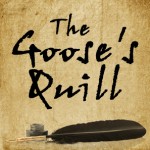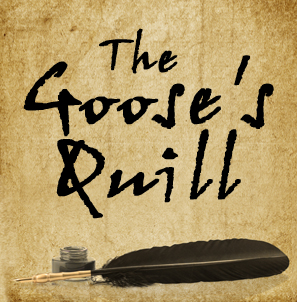My preschooler has moved back to watching Disney’s Peter Pan this week. Seeing it again (and again and again…) reminded me of something I had noticed during her last obsession with it. Specifically, I noted that Peter Pan was the hero, but was not the protagonist.
Wendy is the protagonist.
Sure, Peter Pan is who the show is about—and he certainly has many heroic adventures! But Wendy is the character who changes through the course of the story, and it is through her lens that we view the story.
In my understanding, the hero of any story is who the story is about, while the protagonist is the character who changes and whose POV we use to understand the story. In the vast majority of stories, this is the same person. But in some, as in Peter Pan, they are two distinct people.
What are the benefits of splitting these functions?
- Emotional anchor
When your hero doesn’t change, or is so different from the reader that the reader cannot relate to them, a separate protagonist can serve as an emotional anchor. Wendy is a typical young girl, and the viewers can latch on to her during this wild ride with a boy who never grows up and whose emotional reactions are either lacking or not what most people would feel.
- Point of View
A separate protagonist provides a lens through which to see the hero. Peter does not have the emotional maturity to view life as anything but an adventure. Had we been locked into his view of life, the view would have been much sound and fury signifying nothing. Wendy’s viewpoint provides us with a different angle, where we can see the often frightening events in Neverland, and also see the value of friendship and family—things Peter does not value.
- Acceptance of over-the-top heroes and actions
Finally, a separate protagonist gives us distance. We come to an unbelievable world and character with Wendy, who is a stranger in a strange land as well. Through her acceptance of Peter Pan and Neverland as real, we are able to suspend our disbelief and immerse ourselves in the adventure.
A careful watching of Peter Pan shows clearly that Wendy is our anchor. The story begins and ends with her, it follows her change, and the Disney version even hints that perhaps all the unbelievable adventure was simply a dream (the stage play does not leave this ambiguous, as the Lost Boys come home with the Darling children). Wendy is the emotional and moral compass of the show, while Peter Pan provides the swashbuckles and pixie dust.
What other stories use this split function device? Can you think of any more benefits when the hero is not the protagonist? Have you ever used it?



